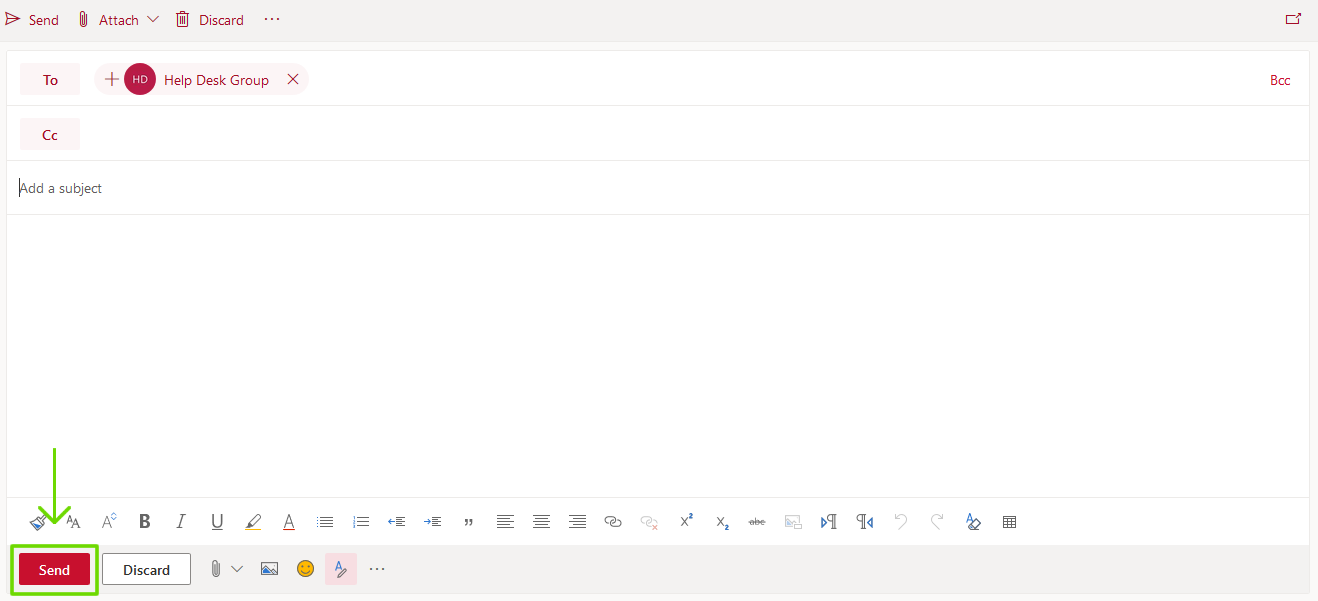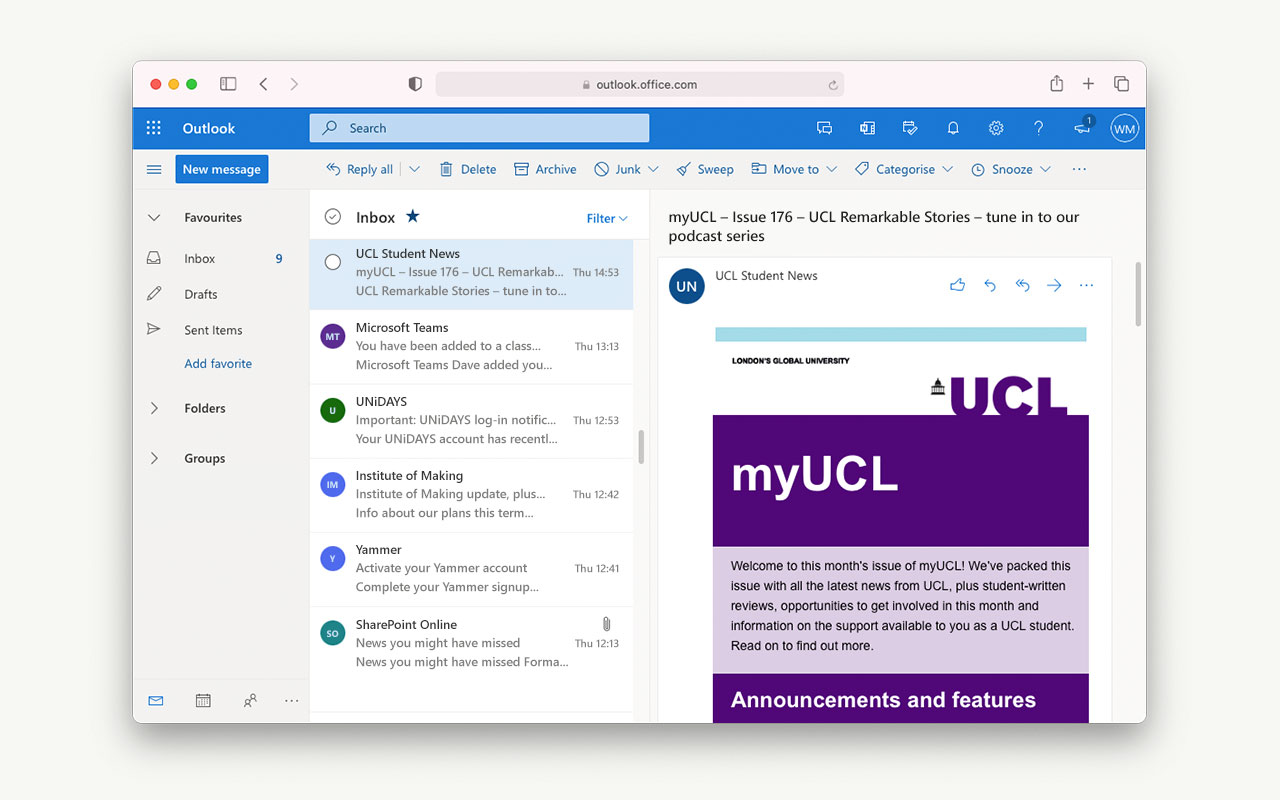


Reply-To: Determines which email address is auto-populated when you click the reply button to reply to an email in your email client.Received appears many times in a message header and should be read from bottom to top, as the first recipient is at the bottom of the header. Received: Displays a sequential list of computers and servers that received this message, the time they received this message, and the final destination of the message.Headers do not show any addresses that were included in the BCC field, as these addresses were intended to remain private. To: Displays the addresses listed in the To and CC fields.Date: The date and time when the email message was composed.Subject: The topic of the message as indicated by the sender.See Email spoofing explained for guidance on detecting fraud email. Spammers can easily fake sender addresses. Received: by (Authenticated sender: from: with HTTP Tue, 14:52:40 -0400 (EDT)įrom: "Assistant" From: Displays the message sender. Received: from (localhost.localdomain ) by (Postfix) with for Tue, 14:52:40 -0400 (EDT) Received: from (localhost ) by for Tue, 14:52:40 -0400 (EDT) () by (Dovecot) with LMTP id asdkasdfiwlefj for Tue, 14:52:41 -0400 If you suspect that you have received a spoofing email, see Email spoofing explained for more information. The following header is an example of a spoofed message. You have successfully viewed the message headers in the Outlook Web App. Note: If the Message details box is blank, click Close and repeat steps 2-4.


 0 kommentar(er)
0 kommentar(er)
